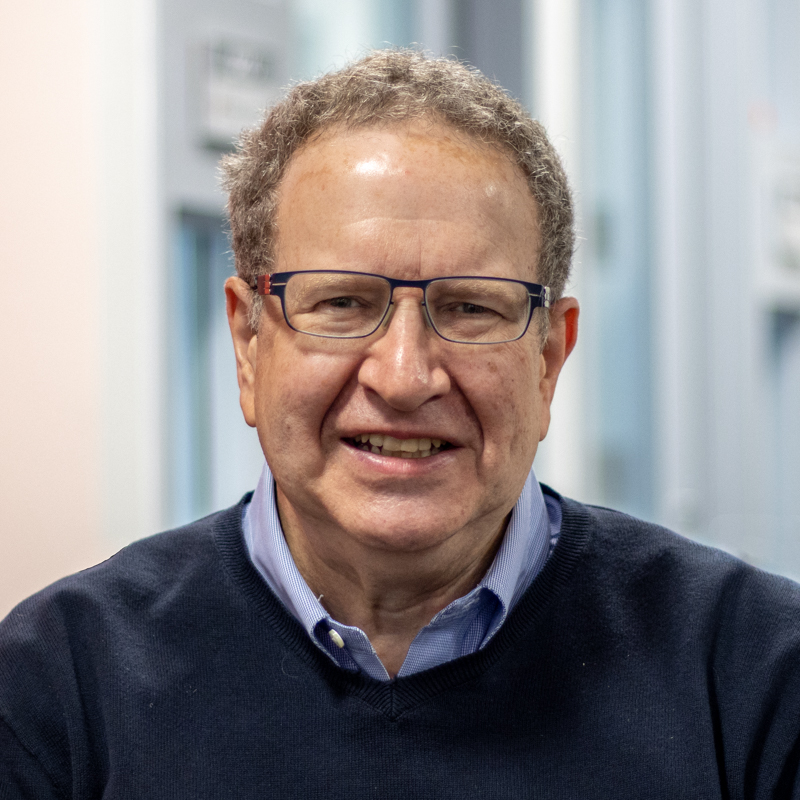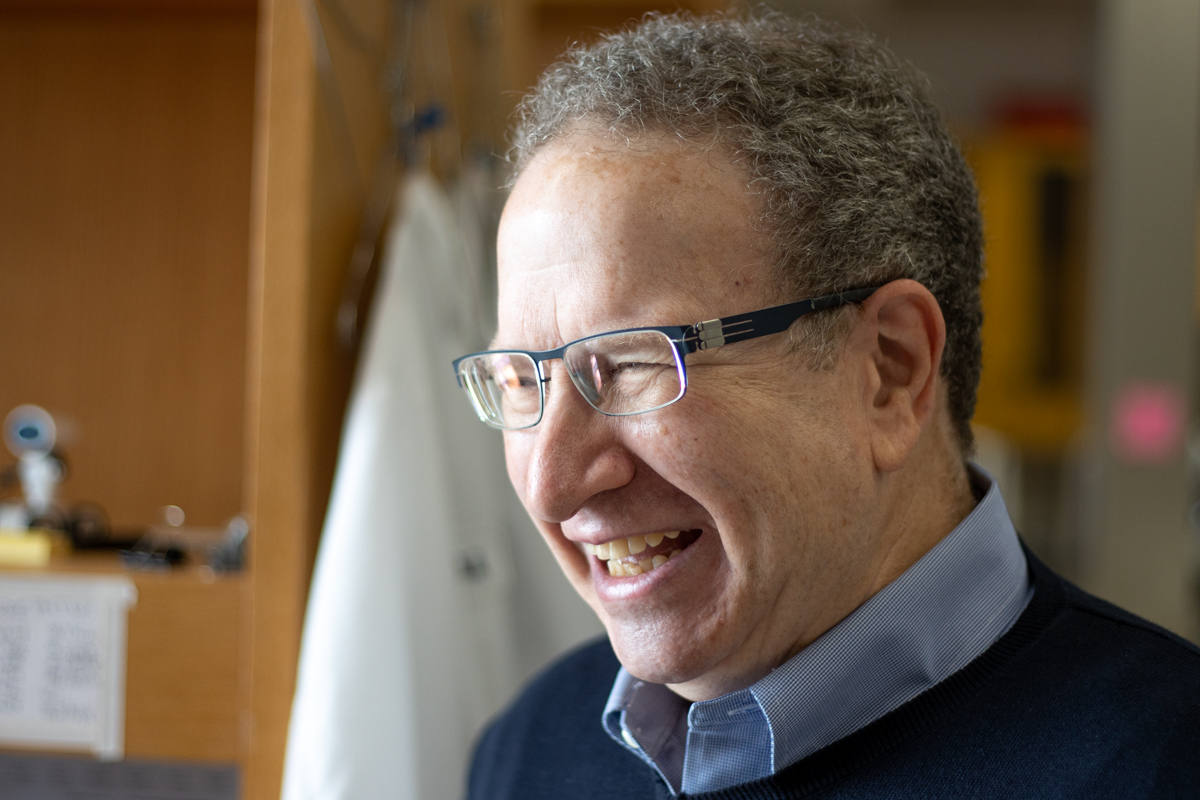The walls of Ken Fasman’s ninth-floor office are still bare. But the new president and CEO at the Institute for Protein Innovation (IPI) has plans that could fill the room.
“IPI has the opportunity to go in and do something really audacious,” Fasman says. “Not just for its own sake, but to advance medicine and life sciences.”
Since 2017, IPI has been emerging as a nonprofit research hybrid, maintaining an academic culture while building an industrial-like platform to generate synthetic antibodies for distribution. Launched by the philanthropy of co-founder Timothy Springer — and therefore liberated from the shareholder constraints that typically stymie fledgling biotechs — IPI aims to achieve three ambitious objectives: provide high-quality antibodies and other protein-based resources and tools to the scientific community, advance protein science through investigator-driven research and augment the education of life scientists.
With more than three decades of senior leadership experience in academic and commercial settings, most recently at The Jackson Laboratory (JAX) — another academic-industrial nonprofit — Fasman is well-suited to implement those three objectives. And he’s already constructing bold plans to enable IPI to reframe the landscape of protein science and extend the advances achieved by genomics.
Bringing computers to biology
Beginning as an undergraduate at Princeton University, Fasman built a career by following his scientific passions, which started with an interest in “the relationship between brains and computers.”

During a summer internship in 1976, he commuted more than two and half hours daily to work on a new IBM computer design, intended to support factory-floor database management. Database technology was still rudimentary. But “databases were cool,” he says, “a way to put large amounts of information in and organize a way to get it back again.”
At Princeton, he employed a simple database to model a cognitive psychology problem for his senior thesis project. Then, he headed to a neurophysiology lab at Johns Hopkins School of Medicine and earned a doctorate in biomedical engineering.
“I was a lousy wet biologist,” he says. “But I created a lot of the analytical tools and computer infrastructure for others in the lab.”
When he graduated, he looked around for a postdoc in the fledgling field of computational neuroscience. But finding very few options — and none workable — he charted his own path.
Recognizing a computational knowledge gap within the biosciences, Fasman partnered with a friend in 1987 to launch a biomedical engineering consulting company. The firm provided academic researchers and early-stage biotechs with tailor-made laboratory databases, real-time data acquisition systems and digital image processing tools.
“I would talk with anybody I could get time with,” he says.
Through those interactions, Fasman first heard about an emerging international genetics effort — the Human Genome Project. Started in 1990, it aimed to decode, map and then sequence the entire human genome.
“I appreciated the ambition associated with the Human Genome Project,” he says. “I put my hand up, and talked my way into a job at the Human Genome Database back at Johns Hopkins.”
For five years, Fasman managed the Human Genome Database’s informatics team, responsible for the overall design and implementation of the groundbreaking database.
Collaborative threads
Working with the Human Genome Project also helped Fasman realize the value of collaboration in furthering complex scientific projects. That desire to be a part of “team science” led him to a conversation — and an eventual job with — Eric Lander, then head of the newly founded Whitehead Institute/MIT Center for Genome Research. Later, he spent more than a decade as a vice president and research and development strategist for AstraZeneca, and as vice president and CSO at the Adelson Medical Research Foundation.
And then Fasman came on board at JAX. He had already been collaborating with the informatics faculty at JAX — “the people developing the mouse genome database” — for years. When an opportunity arose, he joined the laboratory as vice president for strategic initiatives, eventually rising to senior vice president for research.
“JAX is pretty unique in that it tries to be both a world-class academic, biomedical research institution, but also to be a very successful commercial life science business,” he says. “There aren’t very many institutions aiming to be both.”
Fasman sees a similar ambition to mix discovery research and product distribution at IPI. Fully ensconced as a nonprofit and still in its early stages, he sees the Institute with vast opportunity to blend hybrid research with an educational element, arm researchers with state-of-the-art protein tools and fundamental resources, and inspire excitement and newfound momentum in protein science.
“Twenty years from now,” he says, looking out over the Harvard Medical School campus, “I would love people to say that the major discoveries and methods that came out of IPI radically changed the way we do science and the way we understand health and disease.”
The Institute for Protein Innovation is pioneering a new approach to scientific discovery and collaboration. As a nonprofit research institute, we provide the biomedical research community with synthetic antibodies and deep protein expertise, empowering scientists to explore fundamental biological processes and pinpoint new targets for therapeutic development. Our mission is to advance protein science to accelerate research and improve human health. For more information, visit https://proteininnovation.org/ or follow us on social media, @ipiproteins.
Source: Kenneth Fasman, ken.fasman@proteininnovation.org
Writer: Caitlin Faulds, caitlin.faulds@proteininnovation.org


